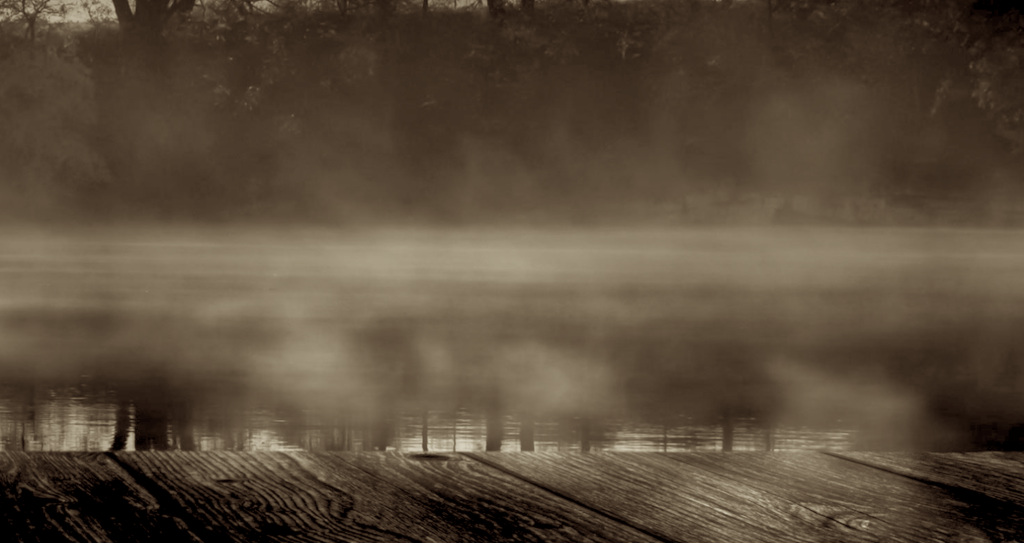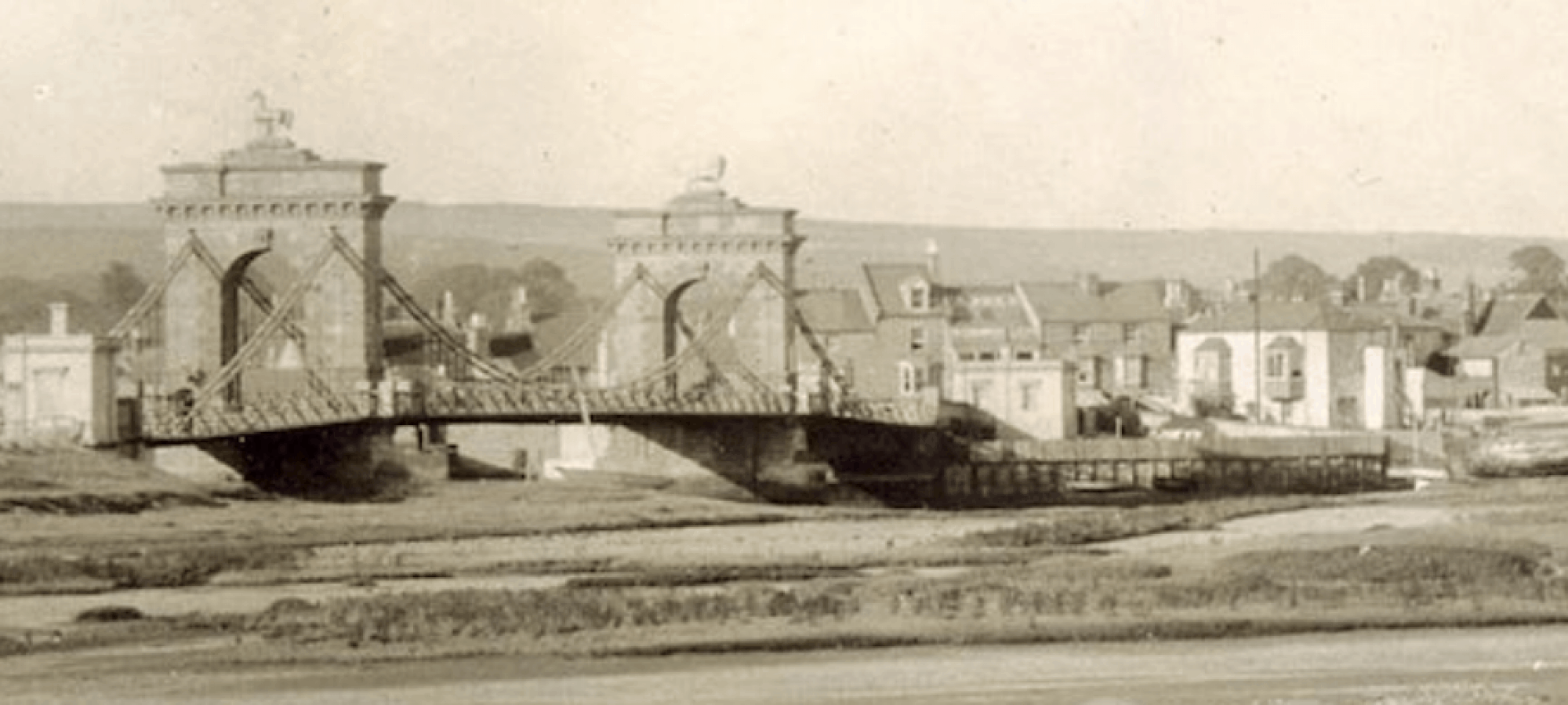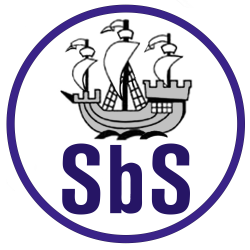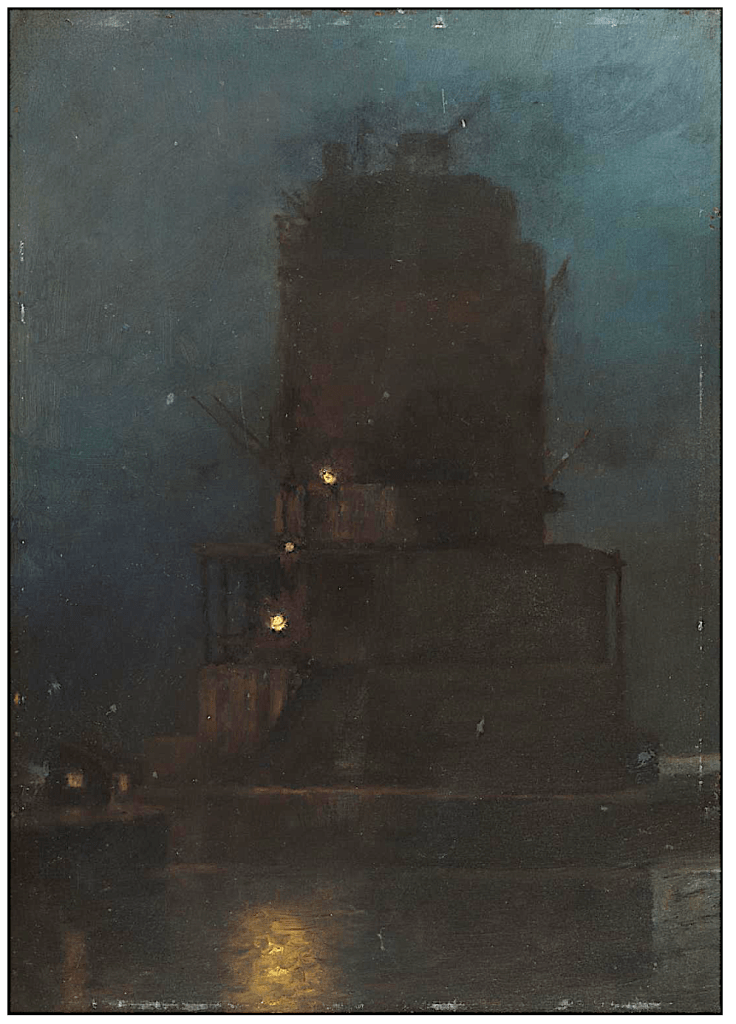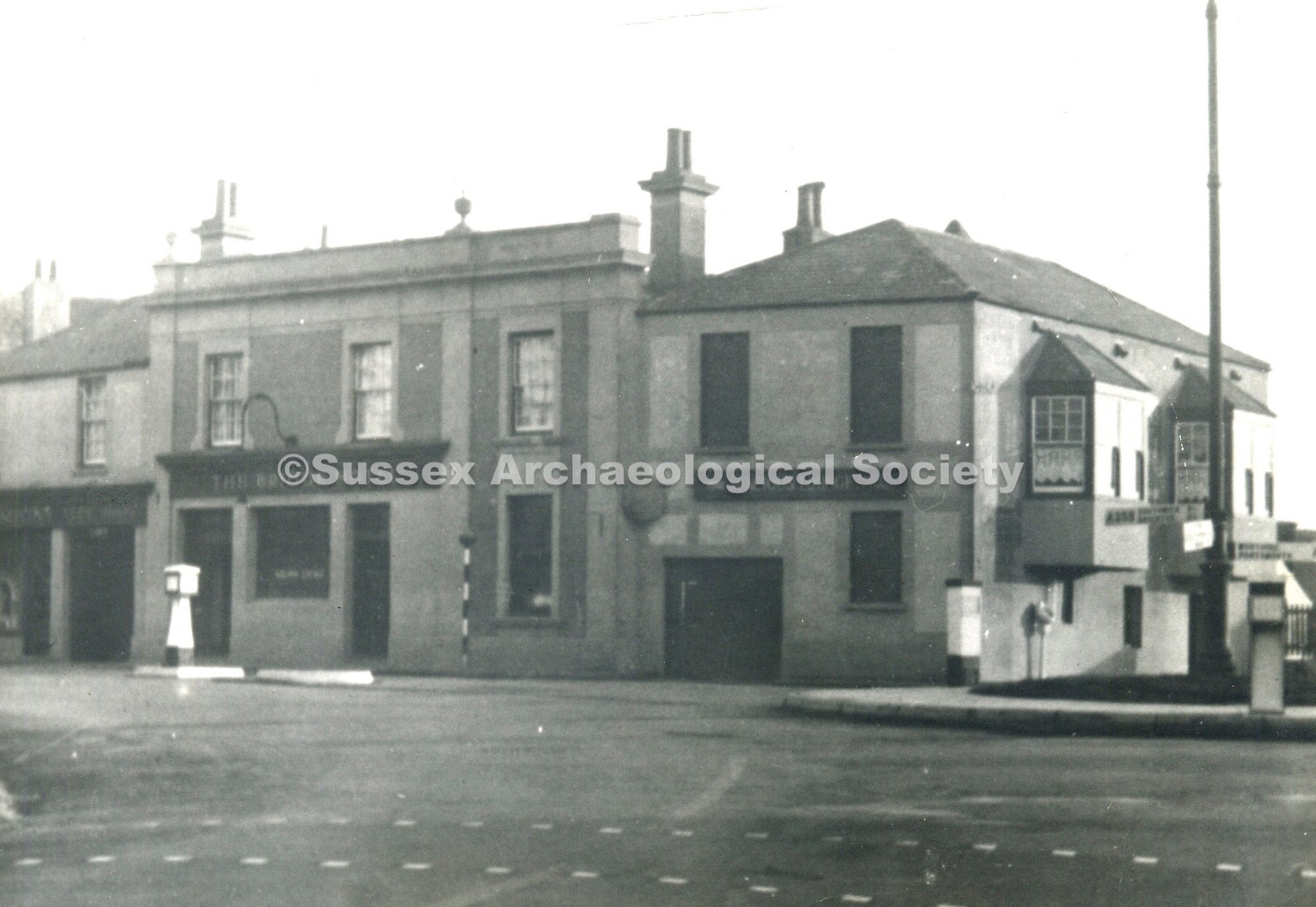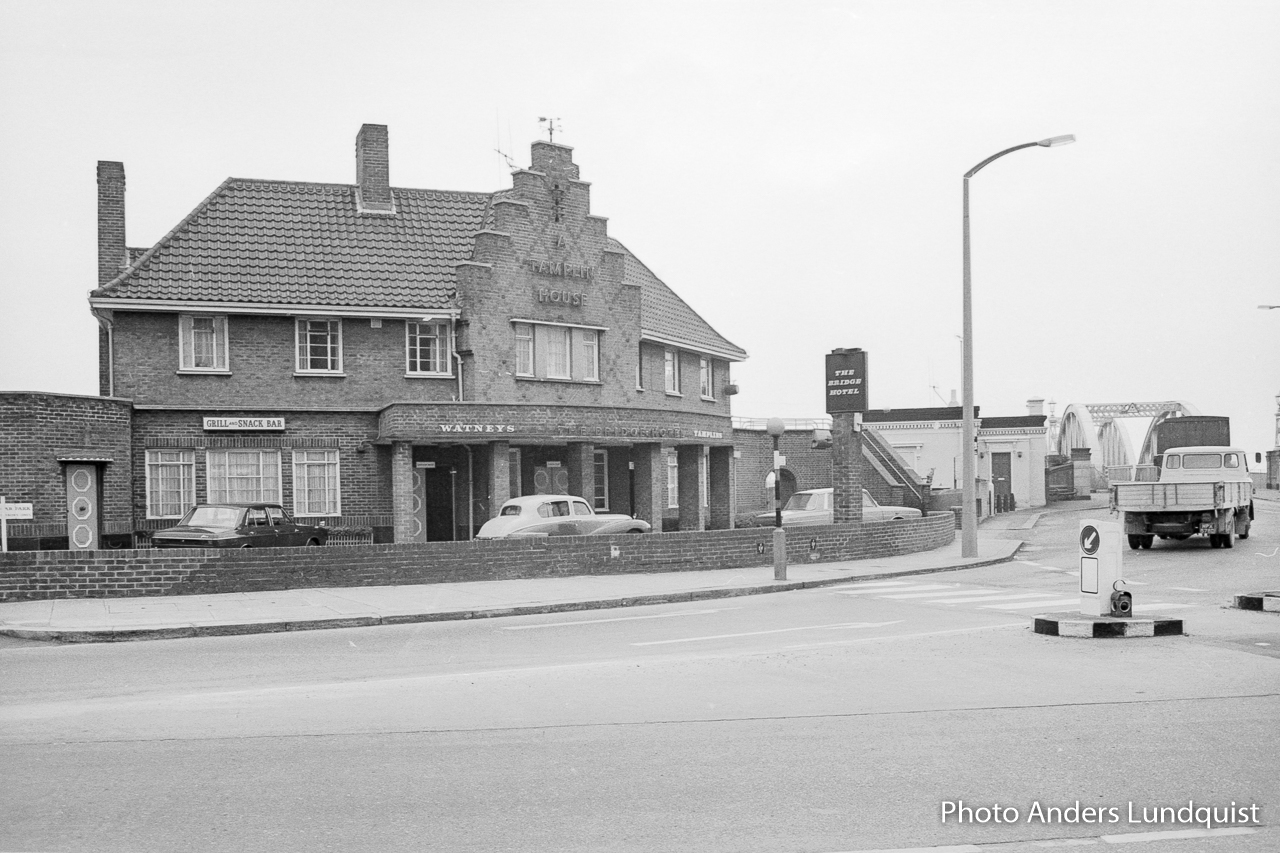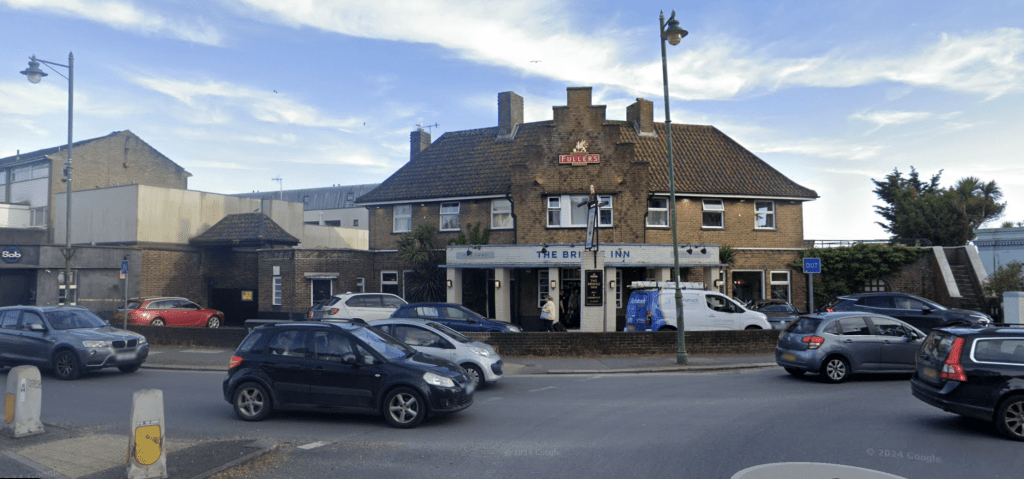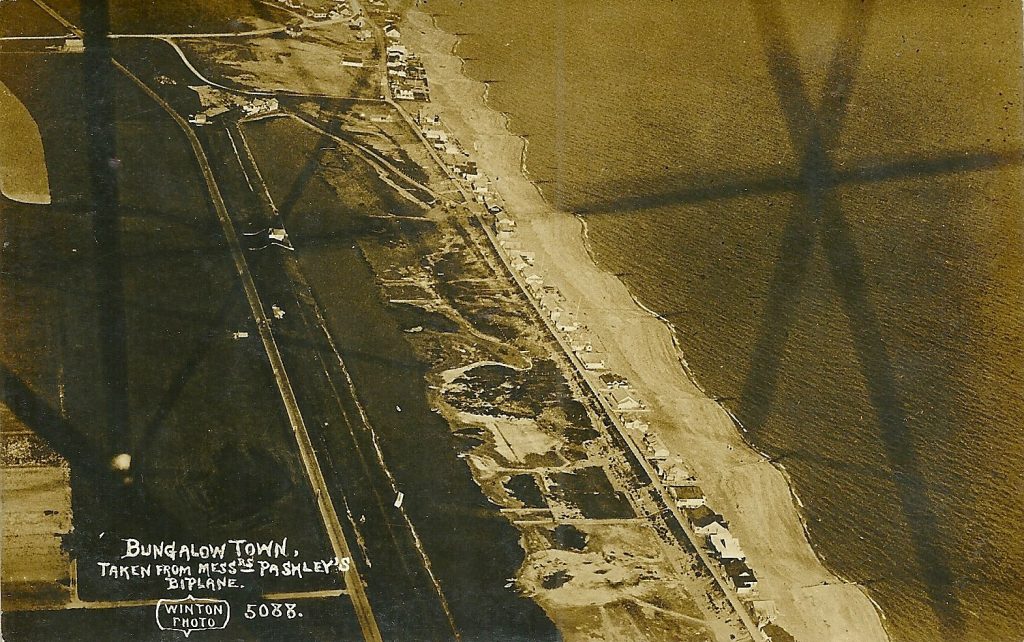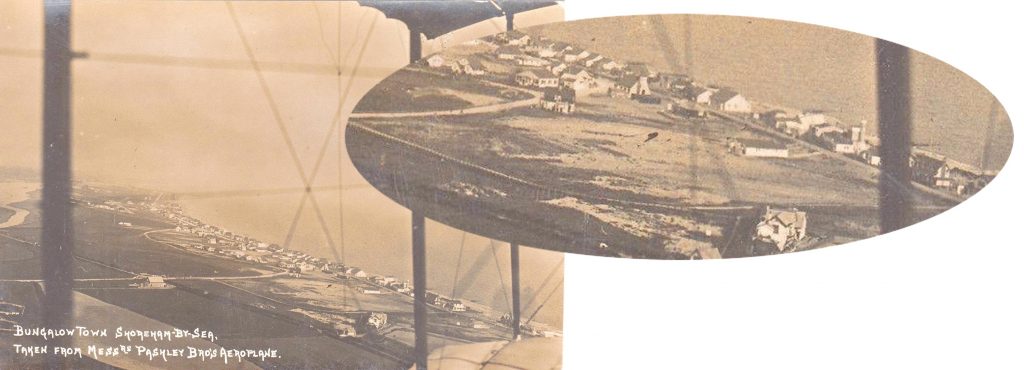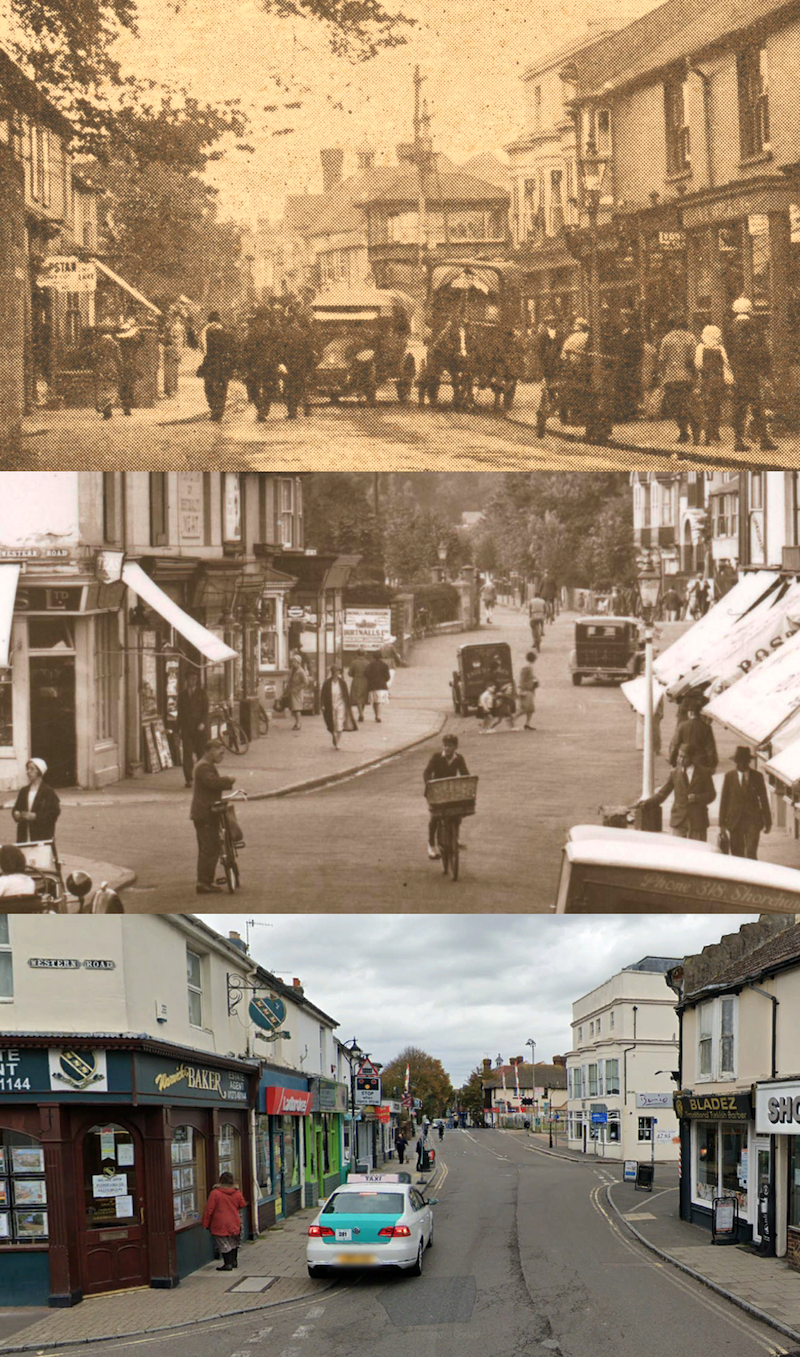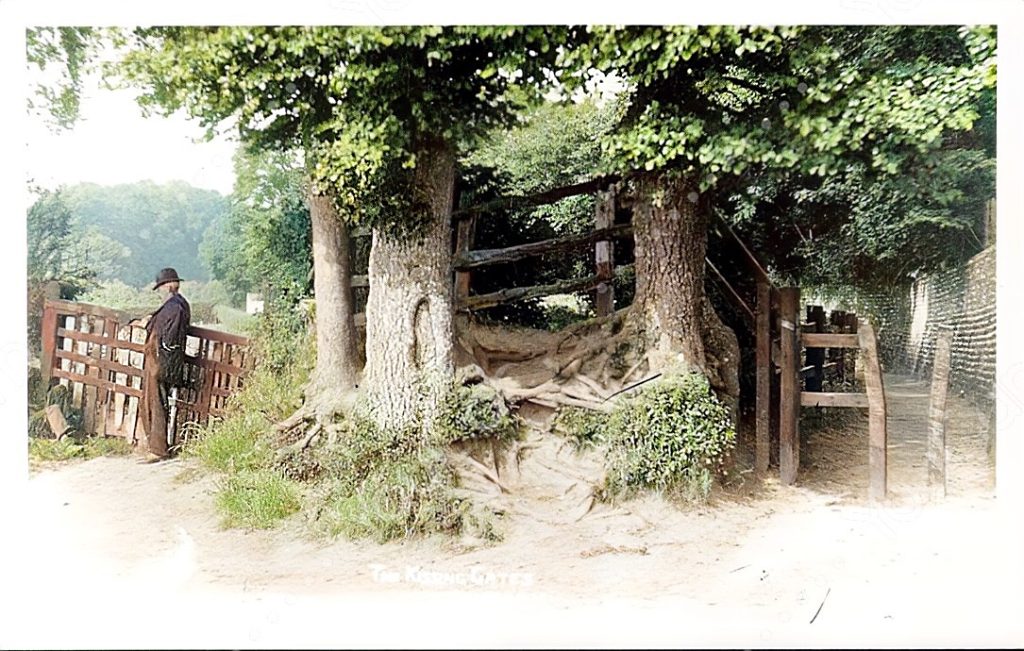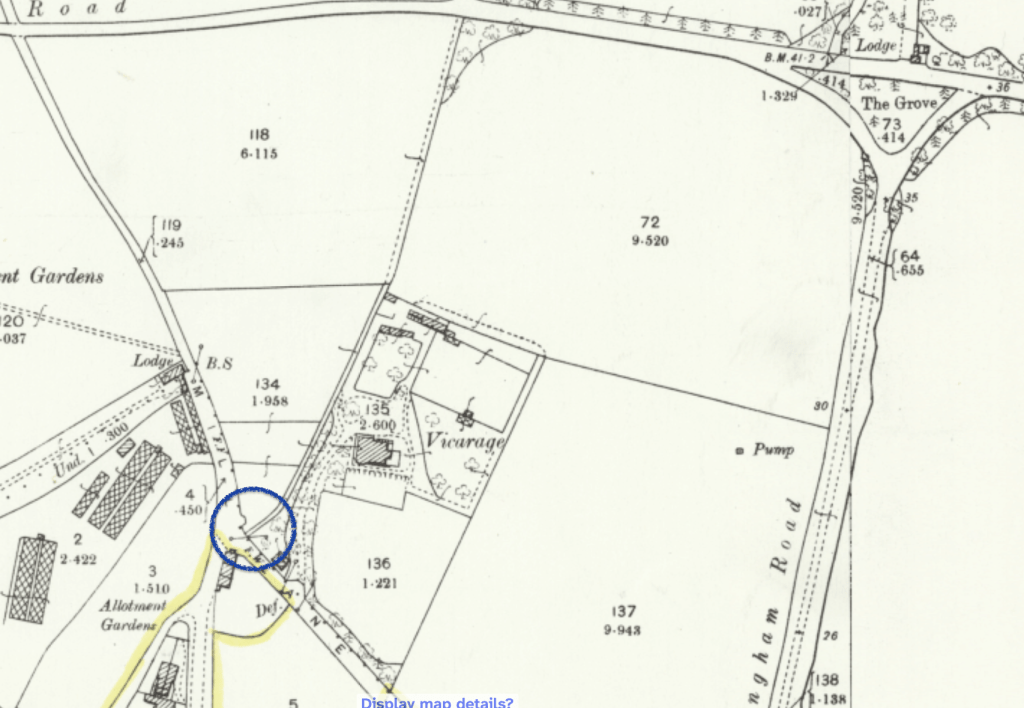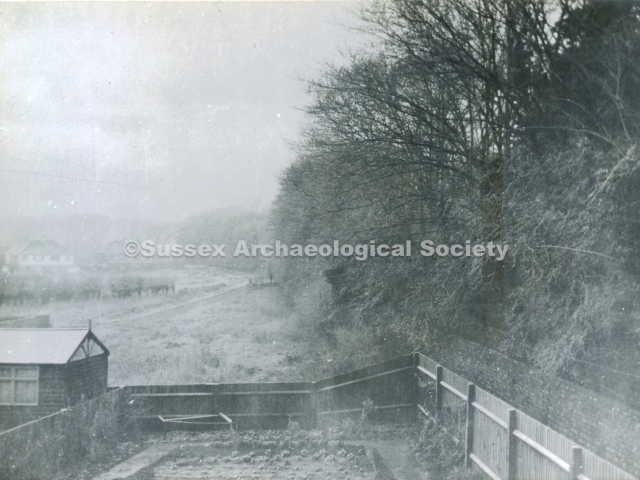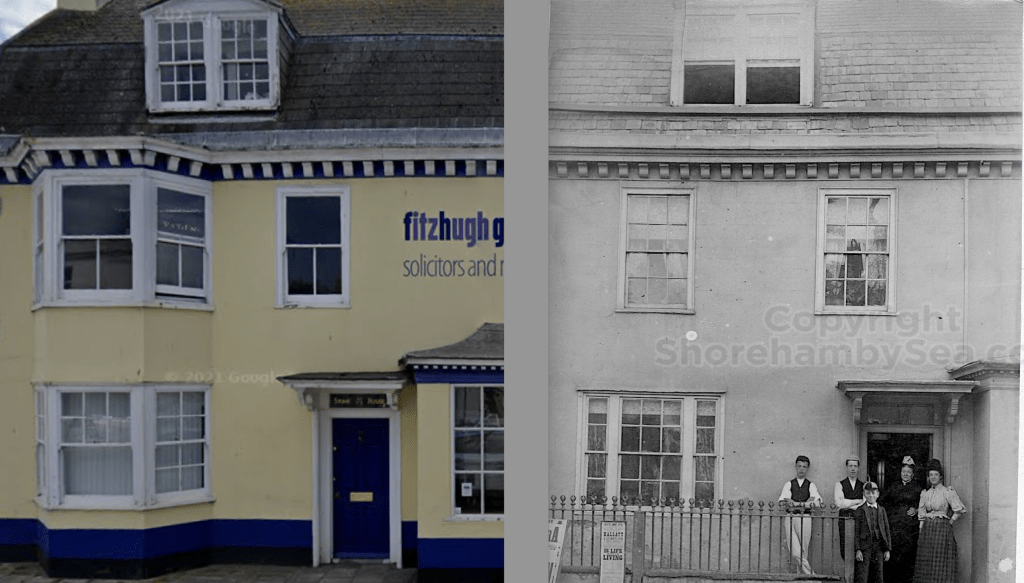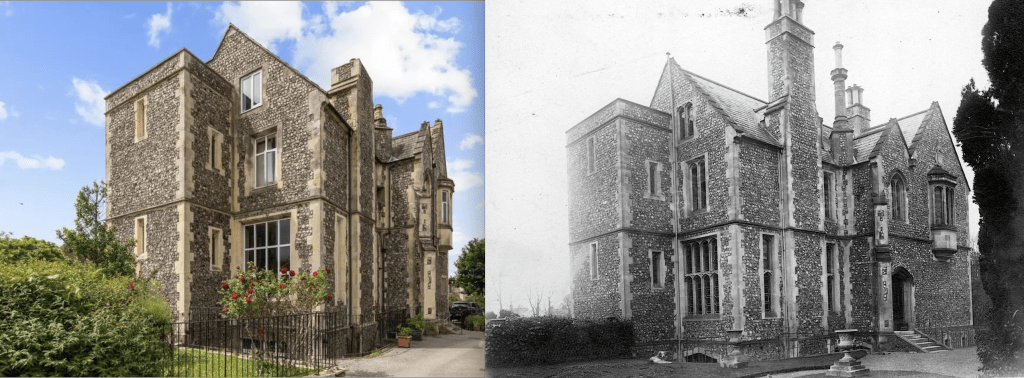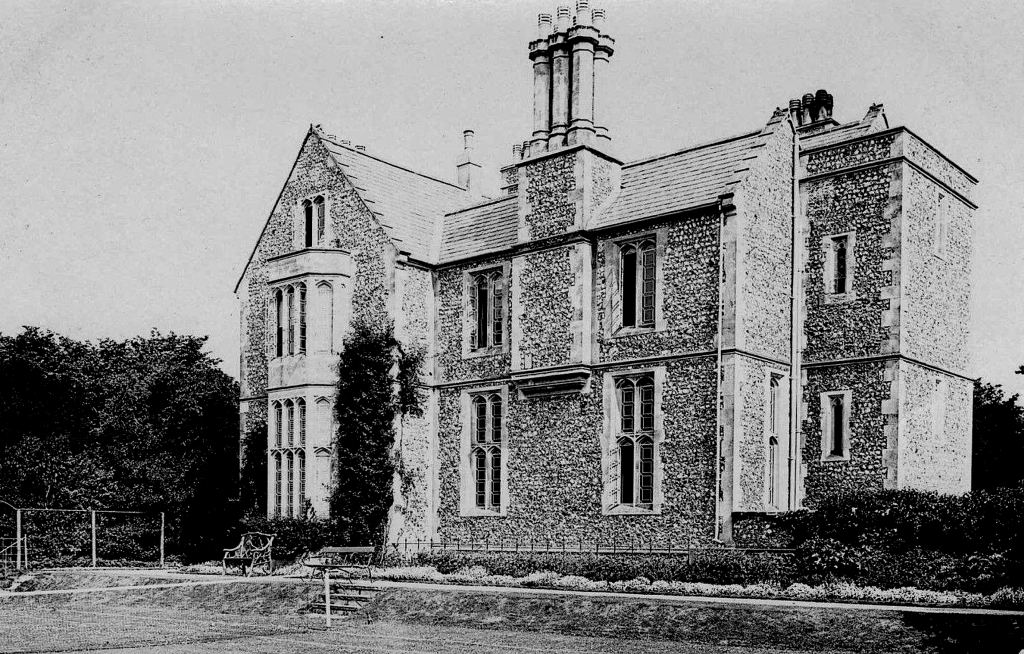Whilst the Swiss Gardens pleasure grounds were, for 70 years, the destination for fun and frivolity it had an unenviable record of hazard and danger.
1838 – not long after opening a drowning occurred of 15 year old William Booker. He was employed at the Swiss in maintenance duties. One of his responsibilities was to pump out water from the ‘floating temple’ tethered in the East Lake. On the morning of Monday 16th July 1838 he was discovered by staff drowned in the lake.
